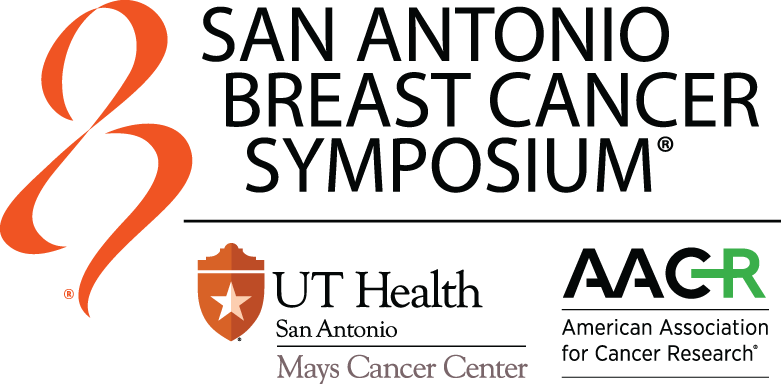
The Food and Drug Administration approved two new breast cancer indications in 2021, pembrolizumab for high-risk, early-stage triple negative breast cancer (TNBC) in both neoadjuvant and adjuvant use, and adjuvant abemaciclib for hormone receptor-positive, HER2-negative early breast cancer (EBC). Both agents had earlier approvals, pembrolizumab for metastatic breast cancer in 2020 and abemaciclib for metastatic breast cancer in 2018. Clinicians are integrating both agents into treatment regimens.
Patients with early-stage TNBC typically get neoadjuvant or adjuvant (dd)AC+T (dose-dense doxorubicin and cyclophosphamide, plus paclitaxel), noted Mirat Shah, MD, oncologist in the FDA Office of Oncologic Diseases. Five-year survival is about 77%, leaving a significant population in need of treatment to improve long term outcomes.
Dr. Shah discussed the FDA approval of pembrolizumab, an anti-PDL-1 monoclonal antibody, during Regulatory Insights to the 2021 Early Stage Breast Cancer Approvals on Wednesday. The 2021 approval for neoadjuvant and adjuvant treatment in addition to standard chemotherapy was based in part on pathological complete response, pCR, a measure she noted is more useful at the patient level than in clinical trials.
“At the patient level, individuals who experienced pCR have improved EFS (event free survival) and OS (overall survival) compared to patients with residual disease. At the trial level, an improvement in pCR does not necessarily translate to improvement in EFS or OS.”

The KEYNOTE-522 compared neoadjuvant pembrolizumab plus chemotherapy, followed by surgery and adjuvant pembrolizumab against neoadjuvant chemotherapy plus placebo followed by surgery and placebo.
An interim analysis at four years showed an EFS benefit of 0.63 (p=0.00031) favoring pembrolizumab and an OS benefit of 0.72, Dr. Shah said.
“The EFS benefit was clear regardless of tumor PDL-1 expression,” Dr. Shah said. “The OS data are still immature but not a detriment to regular approval for patients with high-risk, early-stage TNBC.”
Trial results show a clinically and statistically significant benefit of increased pCR, 64.8% for pembrolizumab vs. 51.2% for chemotherapy alone (p<0.001), noted Alberto J. Montero, MD, MBA, Diana Hyland Chair for Breast Cancer, Professor of Medicine and Clinical Director, Breast Cancer Medical Oncology Program and the Case Comprehensive Cancer Center.
The pembrolizumab arm had about 5% more adverse events compared to the placebo arm, he continued. Most adverse events are driven by chemotherapy, with pembrolizumab adding immune-mediated events.
“Patient education and early intervention is key,” Dr. Montero said.
The lack of clear benefit for patients with pCR is not surprising, he added. Patients with pCR following neoadjuvant treatment have greater than 90% five-year survival.

“Combining immune checkpoint inhibitors with neoadjuvant chemotherapy has been demonstrated to improve pCR rates,” he said, “and KEYNOTE-522 shows improvement of both EFS and OS with the addition of pembrolizumab with manageable toxicities.”
Abemaciclib is the first oral cyclin-dependent kinase (CDK) 4/6 inhibitor approved in the adjuvant setting and was the first agent approved in roughly 20 years to treat HR+ breast cancer, said Melanie Royce, MD, PhD, oncologist in the FDA Office of Oncologic Disease. Adjuvant use requires a companion diagnostic to assess Ki-67 level.
“HR+, HER2- EBC has a long natural history and, if diagnosed early, is quite curable,” Dr. Royce said. “But it can carry a high risk of relapse, and 30% of high-risk patients eventually die of metastatic disease.”
The monarchE trial divided high-risk EBC patients into two cohorts. Cohort 1 had a variety of risk factors, including multiple positive lymph nodes, large tumors, higher histopathologic grade, and elevated Ki-67 index score. Cohort 2 had fewer positive lymph nodes and Ki67 ≥20%.
Both cohorts were included in an intent to treat (ITT) analysis. Patients in both cohorts were randomized to standard endocrine therapy plus abemaciclib or endocrine therapy alone. The primary endpoint was invasive disease-free survival (IDFS) in the ITT population. Key secondary endpoints were IDFS in the Ki-67 ≥20% populations and OS in the ITT population.
The ITT analysis showed a hazard ratio of 0.696 (p<0001) for abemaciclib in the ITT population and 0.626 (p=0.0002) in the Cohort 1 Ki-67 ≥20% population, Dr. Royce reported, but the OS result for the ITT population was 1.091, suggesting a potential safety signal for abemaciclib. OS in the Cohort 1 Ki-67 ≥20% population was 0.767, a clear benefit for abemaciclib.
“Patients benefited from abemaciclib regardless of Ki-67 level,” Dr. Montero noted. “The marginal benefit is greater in Ki-67-high tumors, but the benefit comes at a price, increased toxicity, about 31 points higher for abemaciclib.”
Diarrhea is the most common serious AE, but lasts only five to six days and led to only 5% discontinuation in the abemaciclib group.
Joining the presenters for a panel discussion at the end of the session were Christy Osgood, MD, Cross-Discipline Team Leader, Breast and Gynecologic Malignancies Team, FDA, and Laleh Amiri-Kordestani, MD, Director, Division of Oncology 1 (DO1), FDA.
A recording of this session will be available to registered symposium participants for on-demand viewing until March 10, 2022.

